Visit the pages on this site using the buttons below or click "Get Started" to move through the information in order.
Stations





= Page includes questions or opportunities for comment.
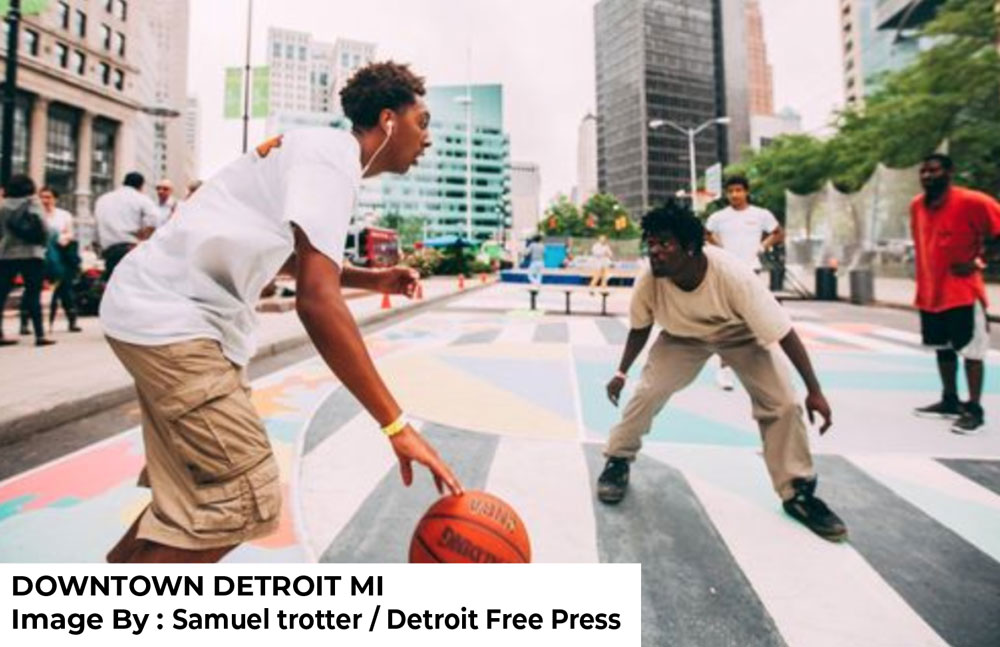
Last year, in response to direction from the Governor and requests from local project stakeholders, the Oregon Transportation Commission directed the Oregon Department of Transportation to retain a consultant team of local and national urban design, engineering, and environmental experts to conduct an independent assessment of the highway cover designs included in the I-5 Rose Quarter Improvement Project. The requests from Metro, Multnomah County, City of Portland, Portland Public Schools and Albina Vision Trust shaped the creation of the independent cover assessment process.
Image gallery contents:
Vancouver Looking South: Existing
Vancouver Looking South: Future
Project Goals
The goal is to create 2-3 alternative designs for the highway covers which provide a canvas for future community redevelopment and provide restorative justice for the past harm done to the Black Historic Albina community in the 1960s when the I-5 freeway was built through the middle of the existing community, displacing hundreds of Black homes and businesses, and fragmenting the community.
Work Session 3
The goal of Work Session 3 is to provide recommendations to the Oregon Department of Transportation’s Executive Steering Committee that allow the Black Historic Albina community to maximize benefits and restorative justice from the highway covers and own and benefit from the use of the land on and around the cover into the future.
Based on public feedback in Work Session 2, the Independent Cover Assessment Team has revised and conducted additional feasibility analyses on Preliminary Concept Scenarios 1,4, and 5. The team has also developed 3 hybrid design options that can be considered to improve Concept 1’s responsiveness to the Black Historic Albina Community’s vision and desired outcomes. In Work Session 3, participants will have the opportunity to evaluate these final design scenarios and options and provide feedback on the most important highway cover design elements, as well as indicate their support for preliminary neighborhood framework and Black community led governance structure recommendations to assess whether they should be part of a final cover scenario recommendation to the Oregon Transportation Commission.
The goal and theme for Work Session 3 are:
Goal: Evaluate/Refine
Theme: “Identify the highway cover scenario, cover elements, and governance structure that community participants feel should be prioritized for inclusion in the Executive Steering Committee’s highway cover recommendation to the Oregon Transportation Commission to provide the greatest amount of community benefits and restorative justice for the Black Historic Albina community.”
Image gallery contents:
Workshop 2 Scenarios
Community participants ranked Concepts 4 (Cultural Center on the Grid) and 5 (Restore the Grid) as being the most responsive to the community’s vision and desired outcomes for community Wealth, Health, Cohesion and Mobility. They recommended these two concepts for continued study.
Workshop 2 Scenarios
Community participants ranked Concepts 4 (Cultural Center on the Grid) and 5 (Restore the Grid) as being the most responsive to the community’s vision and desired outcomes for community Wealth, Health, Cohesion and Mobility. They recommended these two concepts for continued study.Summary of Feedback
There was broad agreement in the community workshops that:
- This is a once in a generation opportunity to reclaim developable land in the Rose Quarter/Lower Albina neighborhood that the community can own and control.
- Maximizing the land provided by the covers was the most important benefit that the Rose Quarter Improvement Project could provide to compensate for the harm done to the Black Historic Albina community during the freeway building.
- Providing more quality developable land on and adjacent to the highway cover provides a unique opportunity for the Black community to reconstitute a cultural neighborhood in Northeast Portland with a Black ownership and governance structure to prevent gentrification and displacement.
Maximizing Community Benefits
We asked Work Session 2 participants about what form restorative benefits should take and how community benefits should be maximized. Most participants indicated that their preference was to have land versus other types of funding and support. There were some participants who thought having both land and resources would be ideal. Some of the comments we heard from participants included:
Governance
In Work Session 2 it became clear that creating a governance structure was going to be a critical component to any design scenario and the future efforts to reconstitute a neighborhood that supports the aspirations of Black Portlanders on land returned to community by this project. To provide the outcomes the Black community envisions, the entity entrusted with carrying this vision forward will need to be led, controlled, and managed by members of the Black community. It should hold the independent authority to negotiate legally binding ownership and operating agreements for the highway covers and remnant lands with the various public partners, as well as to form partnerships with other public stakeholders and Black community organizations in the region.
In the near-term, it’s proposed that this entity will be focused on ensuring that the covers are developed in a manner that creates long term community benefits that increase the wealth, health, and cohesion of the historically harmed Black Albina Community.
Review the Base Case and Current RQIP Design maps below. Then give us your feedback on the proposed Scenario and Hybrid options.
Image gallery contents:
EA Base Case Scenario
Current RQIP Design
EA Base Case
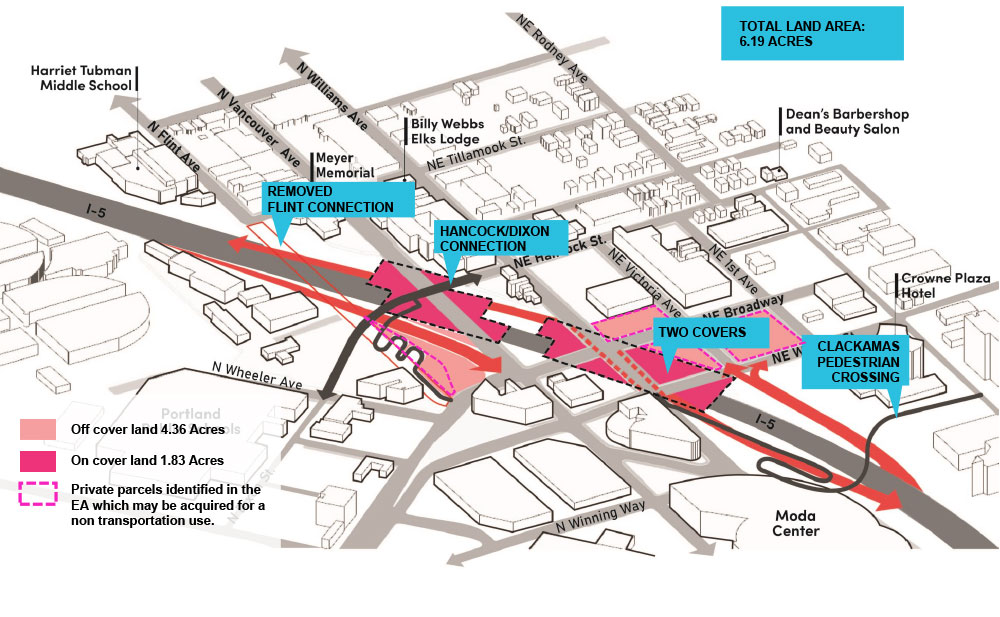
Click image to enlarge.
The Base Case is the concept ODOT had designed before the Independent Cover Assessment began. It creates a park and planted areas on the highway covers, improving the experience of crossing of I-5 and reducing exposure of nearby properties to noise and air pollution. The Base Case is provided for comparison and as a starting point for evaluating the alternate scenarios.
Image gallery contents:
Flint/Broadway (Scenario 1)
Center on the Cover (Scenario 4)
Restore the Grid (Scenario 5)
Flint/Broadway (1)
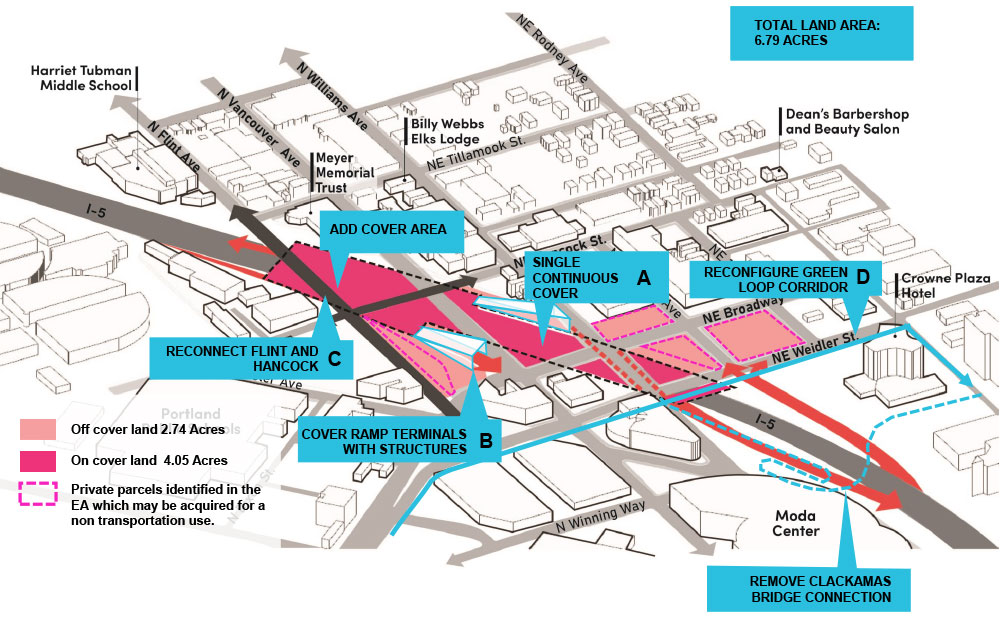
The revised Concept 1 modifies the Current Rose Quarter Improvement Project Design by adding two additional design elements. It adds cover structures for a portion of the southbound off-ramp and the northbound on-ramp (Element B), and it eliminates the Clackamas Pedestrian Bridge and reconfigures the Green Loop along the south side of Weidler (Element D). It also reconnects Flint north across the cover.
DEVELOPMENT ASSESSMENT FRAMEWORK:
| Community Wealth | Community Health | Community Cohesion | Mobility | Schedule |
|---|---|---|---|---|
| ◑ | ◑ | ◑ | ◑ | ● |
COST ESTIMATE: $837,000,000 - $936,000,000
LAND: Less land (6.79 acres); more active streets for development; streets around new development are less pedestrian and business friendly when they hold I-5 traffic from ramps
TRANSIT: Neutral to transit
SCHEDULE DELAY: Low, likely approved with limited EA Re-evaluation, least risk
Center on the Cover (4)
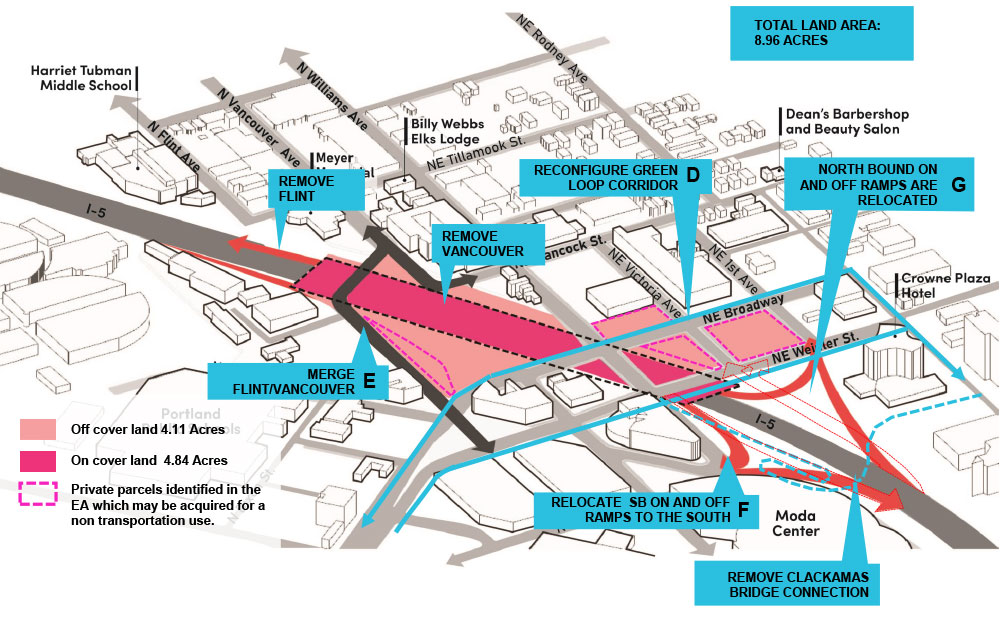
Concept 4 moves the southbound on and off ramps south of the cover (Element F) northbound on-ramp south of the cover and moves the northbound off-ramp further east, on the south side of the cover Element G).
DEVELOPMENT ASSESSMENT FRAMEWORK:
| Community Wealth | Community Health | Community Cohesion | Mobility | Schedule |
|---|---|---|---|---|
| ● | ● | ● | ● | ◑ |
COST ESTIMATE: $808,000,000 - $904,000,000
LAND: Creates most land on cover (8.96 acres); streets around new development are more pedestrian and business friendly with less I 5 traffic
TRANSIT: Likely delay bus service on 4 and 44 Buses southbound
SCHEDULE DELAY: Moderate to high , likely 6-18 months, most complex process with more risk to completion
Restore the Grid (5)
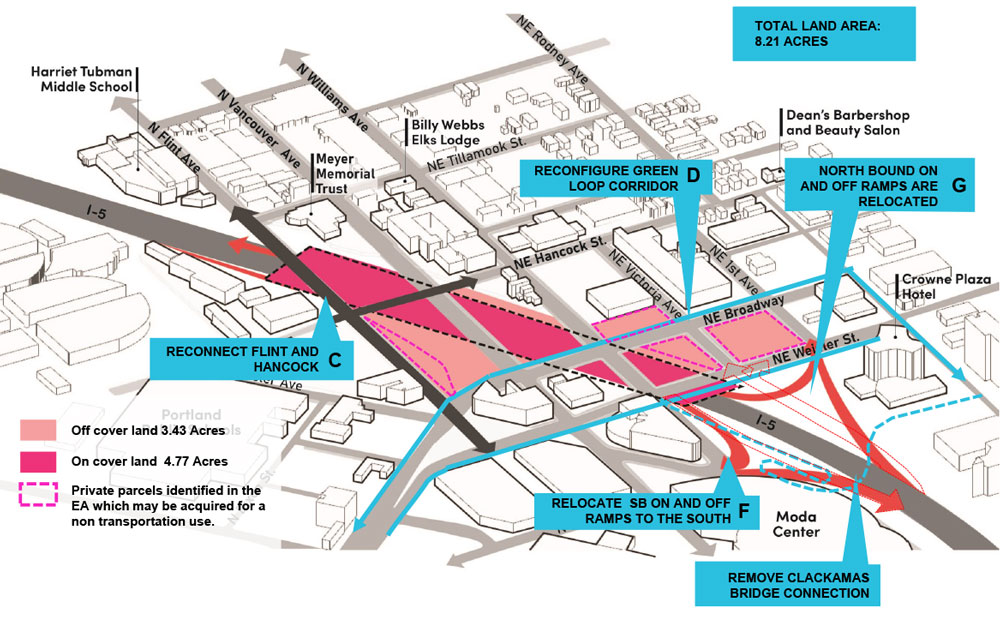
The only difference between Concepts 4 and 5 is that in Concept 5 the Vancouver/Flint Connection (Element E) is removed and replaced with the Hancock/Flint Connection with Flint reconnected north (Element C) to reestablish the neighborhood street grid. This removes potential TriMet delays in southbound movement and maximizes street frontages.
DEVELOPMENT ASSESSMENT FRAMEWORK:
| Community Wealth | Community Health | Community Cohesion | Mobility | Schedule |
|---|---|---|---|---|
| ● | ● | ● | ● | ◑ |
COST ESTIMATE: $878,000,000-$983,000,000
LAND: Creates more land (8.21 acres) and more active streets for development; streets around new development are more pedestrian and business friendly with less I-5 traffic
TRANSIT: Neutral to transit
SCHEDULE DELAY: Moderate to high, likely 6-18 months, most complex process with more risk to completion
Questions
Rank the three scenarios according to how well you think they maximize community benefits, provide restorative justice, and balance risks associated with schedule and cost.
- Concept 1 (Revised) - Flint / Broadway Boulevards Not ranked.
- Concept 4 – Center on the Cover Not ranked.
- Concept 5 – Restore the Grid Not ranked.
Image gallery contents:
Hybrid 1
Hybrid 2
Hybrid 3
Hybrid 1
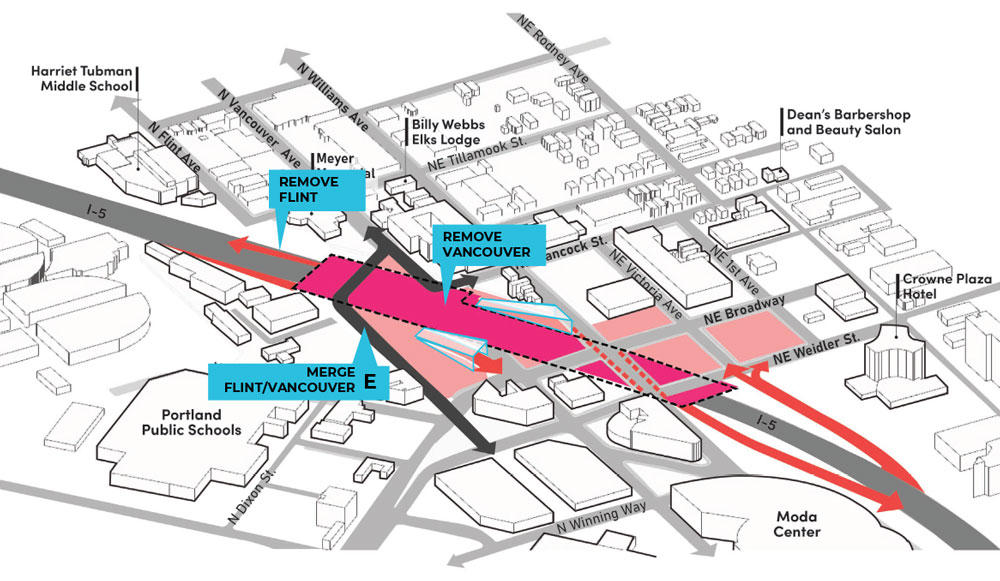
This hybrid option incorporates the Vancouver/Flint Connection (Element E), a design element from Concept 4, to replace the Hancock/Flint Connection (Element C) to open more developable land on the cover.
LAND: Creates more land on cover
TRANSIT: Likely delay bus service on 4 and 44 Buses southbound
SCHEDULE DELAY: Low, likely approved with limited EA Re- evaluation, least risk
Hybrid 2
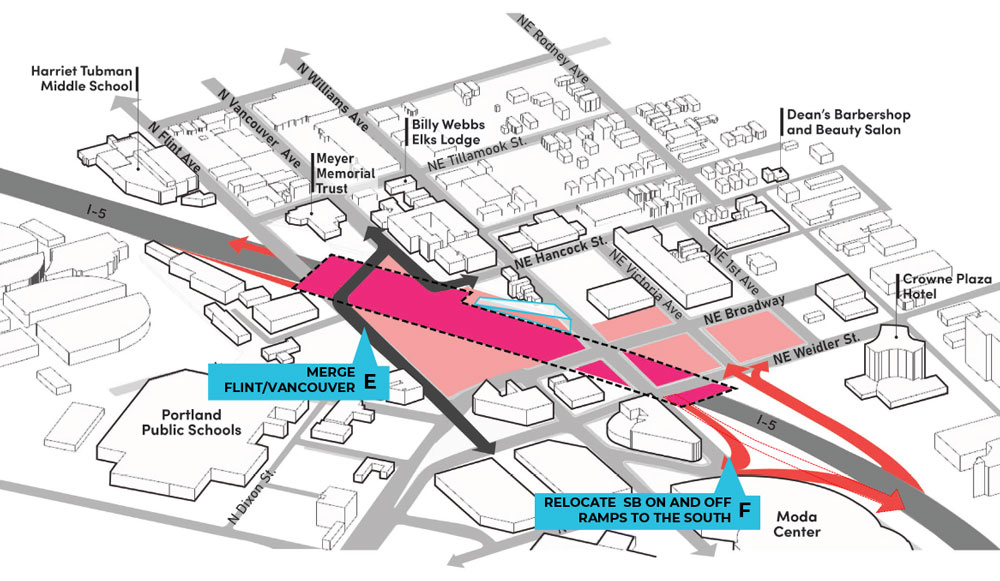
This hybrid option moves the southbound on and off ramps south of the cover (Element F), a design element from Concepts 4 and 5.
LAND: Creates most land on cover; streets around new development are more pedestrian and business friendly with less I-5 traffic
TRANSIT: Likely delay bus service on 4 and 44 Buses southbound
SCHEDULE DELAY: Low to moderate, likely 6-18 months, more complex process with slightly more risk to completion
Hybrid 3
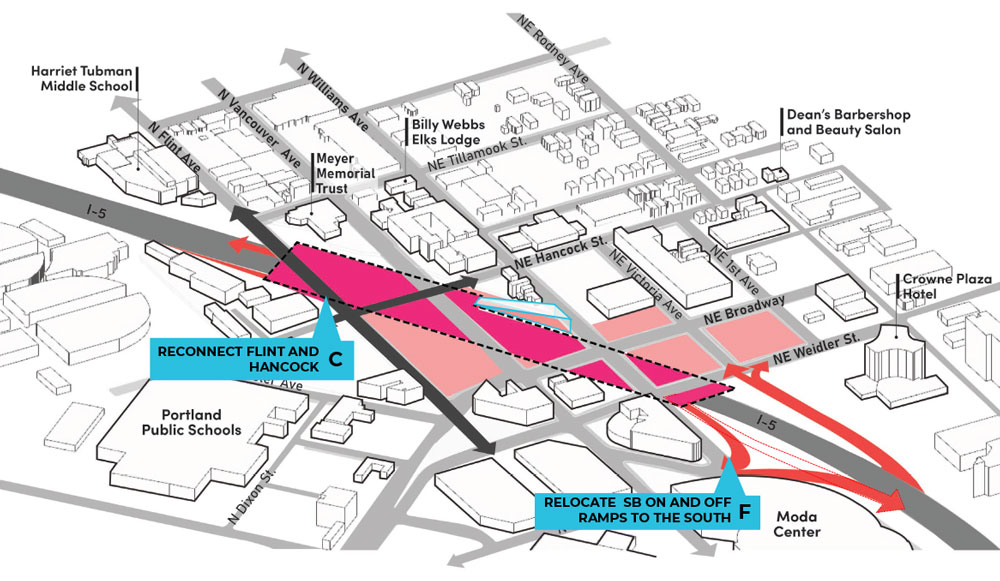
This hybrid scenario restores the Hancock/Flint Connection (Element C) and reconnects Flint north across the cover while maintaining the movement of the southbound on and off ramps south of the cover (Element F).
LAND: Creates more active streets for development; streets around new development are more pedestrian and business friendly with less I-5 traffic
TRANSIT: Neutral to transit
SCHEDULE DELAY: Low to moderate, likely 6-18 months, more complex process with slightly more risk to completion
Questions
If Scenarios 4 and 5 are judged to have too much schedule or cost risk by the Executive Steering Committee, which of these hybrids do you prefer as an alternative option?
- Hybrid 1 Not ranked.
- Hybrid 2 Not ranked.
- Hybrid 3 Not ranked.
Image gallery contents:
Green Loop on Clackamas Crossing Bridge
Green Loop through neighborhood
Reconnect Flint and Hancock
Merge Flint and Vancouver
Rebuild ramps in existing location
Move southbound ramps
Move both ramps
Green Loop Choices
Streets Choices
Highway Ramp Choices
Rebuild ramps as proposed in RQIP Design
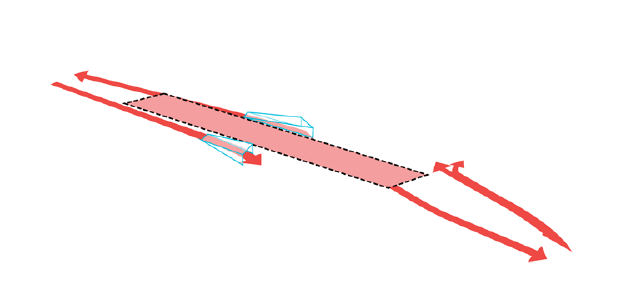
LAND: Less land; streets around new development are less pedestrian and business friendly when they hold I-5 traffic from ramps
ENVIRONMENT: Ramps are covered to reduce exposure of nearby sites to air pollution and noise
SCHEDULE DELAY: Low, likely approved with limited EA Re evaluation, least risk
Move southbound ramps
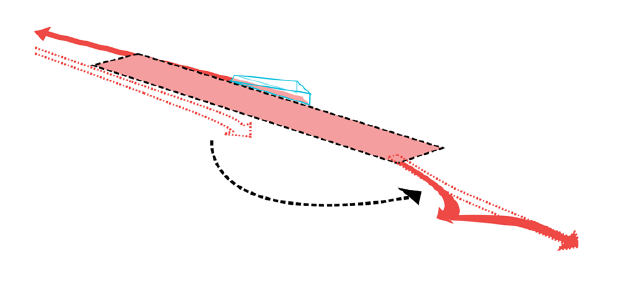
LAND: Slightly more land; streets around new development are more pedestrian and business friendly with less I-5 traffic
ENVIRONMENT: Moving one ramp reduces some exposure of nearby sites to air pollution and noise, other ramp can be tunneled
SCHEDULE DELAY: Low to moderate, likely 6-18 months, more complex process with slightly more risk to completion
Move southbound and northbound ramps
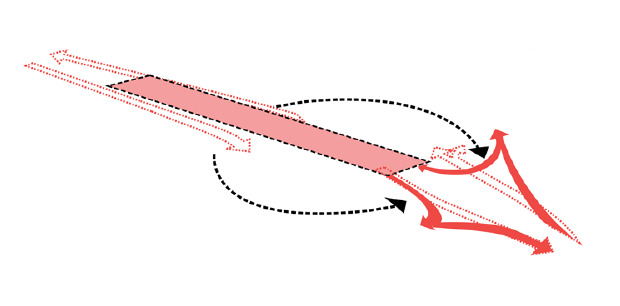
LAND: Most land; streets around new development are more pedestrian and business friendly with less I-5 traffic; project acquires land at hotel site
ENVIRONMENT: Moving ramps reduces most exposure of nearby sites to air pollution and noise
SCHEDULE DELAY: Moderate to High, likely 6-18 months, most complex process with more risk to completion
Questions
Image gallery contents:
Flint Looking South: Existing
Flint Looking South: Future
Proposed Cover Development Commission Formation
Cover Development Commission Roles
The Community Vision
In Work Sessions 1 and 2 participants identified priorities and developed a vision for how to achieve community Health, Wealth, Cohesion and Mobility on and around the highway cover. This vision served as the overall goal for delivering the highway cover design scenario as much as possible, so the broader Black Historic Albina Community truly benefits from this project and is provided with a sufficient quality and quantity of land to create restorative community benefits for generations to come.
We heard that the desired community programming priorities and outcomes can best be achieved when the following design objectives are applied in creating the canvas for a restored neighborhood on and around the covers:
Objectives:
Maximize quality, developable Land Area for community ownership and redevelopment
Create efficient blocks and parcels that can include a variety of buildings, civic spaces, green spaces, and provide active street frontages in the neighborhood.
Minimize multi-modal travel conflicts and provide safer pedestrian-oriented neighborhood streets
Minimize the impacts of noise and air pollution in the area
Governance
Maximizing community benefits for the Black Historic Albina community will require a governance and leadership structure that reflects the multi-faceted perspectives of the Black Historic Albina community. In addition to the technical project design and development work being done by Oregon Department of Transportation and other government agencies, the future development on the highway covers, should be stewarded by a new Black Historic Albina Cover Development Commission. This commission would have the authority to plan, monitor, manage, and oversee future development activity on the highway cover and any remnant land created by the I-5 Rose Quarter Improvement Project. Unlike other Oregon Department of Transportation advisory committees and boards that are currently in place, this Commission’s focus would be solely on the planning and development of the highway cover land and remnant parcels after construction of the I-5 Rose Quarter Improvement Project is complete.
While such a commission should be formed by a legally binding agreement that requires the coordination and cooperation of multiple levels of government and community stakeholders, its decision-making power would sit with Black community members and representatives. In order for this Commission to be maximally effective, This entity must be:
- led by Black community representatives
- independent of ODOT and the Rose Quarter Improvement Project advisory committees
- charged with creating a strategic development plan for the highway cover land and remnant parcels and overseeing future development of this land, and
- responsible for the long-term ownership and management of development on the highway cover and remnant parcels.
Questions
Image gallery contents:
Diagram of project area
The highway covers can improve existing corridors and make new connections that revitalize this area of the City.
Historic Albina Neighborhood
Opportunity areas connected by highway covers if located the near Rose Quarter.
Williams/Vancouver Corridor
Opportunity areas along Williams and Vancouver that could be connected by highway covers.
Historic Lower Albina
Opportunity areas improved or connected by highway covers near Tubman Middle School.
Looking Ahead
In early June, the Independent Cover Assessment team will conduct our final Work Session 3 community workshops and abbreviated workshops with the Oregon Department of Transportation’s Historic Albina Advisory Board and Executive Steering Committee.
June 22, 2021 - The Historic Albina Advisory Board will be formulating its final recommendations on the highway covers to the Executive Steering Committee at its regular meeting.
June 28, 2021 - The Executive Steering Committee will be formulating its final highway cover design recommendation for the Oregon Transportation Commission at its regular meeting. Participate:
- Visit i5rosequarter.org/events for instructions on how to watch the meeting and provide live public comment
- Email info@I5RoseQuarter.org with the advisory committee name in the subject
- Call 503-470-3127 and leave a message
July 15, 2021 - The Executive Steering Committee will present their final highway cover design recommendation to the Oregon Transportation Commission. Participate:
- Visit oregon.gov/odot/get-involved/pages/otc_main.aspx for instructions on how to watch the meeting, fill out the survey monkey link to sign up to provide live comments, and/or fill out the web form to provide written comment
- Email OTCAdmin@odot.state.or.us
Stay Involved
Help the Executive Steering Committee understand how to best support your values in their recommendation to the Oregon Transportation Commission by providing written and/or verbal testimony at their June 28, 2021 meeting. The planning, building, and development atop the highway cover can provide broad community benefits across the entire city and region, and provide meaningful restorative justice for the Black Historic Albina community.
- Visit i5rosequarter.org/get-involved/ to join the I-5 Rose Quarter Improvement Project mailing list or contact the team with comments or questions.
- Visit i5rosequarter.org/events/ to learn about upcoming community engagement opportunities.
Final Questions
Tell us About You
The following questions are optional and help the ICA public involvement team to continually aim for balanced and diverse involvement in our public processes.
For ADA (Americans with Disabilities Act) or Civil Rights Title VI accommodations, translation/ interpretation services, or more information call 503-731-4128, TTY 800-735- 2900 or Oregon Relay Service 7-1-1.
Si desea obtener información sobre este proyecto traducida al español, sírvase llamar al 503-731-4128.
Nếu quý vị muốn thông tin về dự án này được dịch sang tiếng Việt, xin gọi 503-731-4128.
Если вы хотите чтобы информация об этом проекте была переведена на русский язык, пожалуйста, звоните по телефону 503-731-4128.
如果您想瞭解這個項目,我們有提供繁體中文翻譯,請致電:503-731-4128

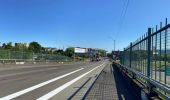
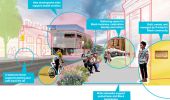
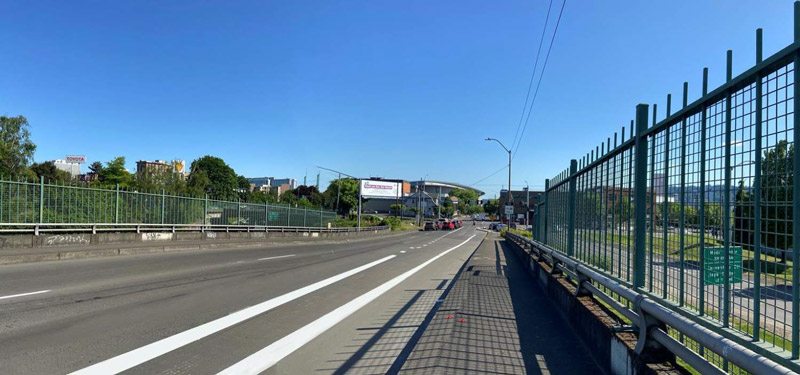
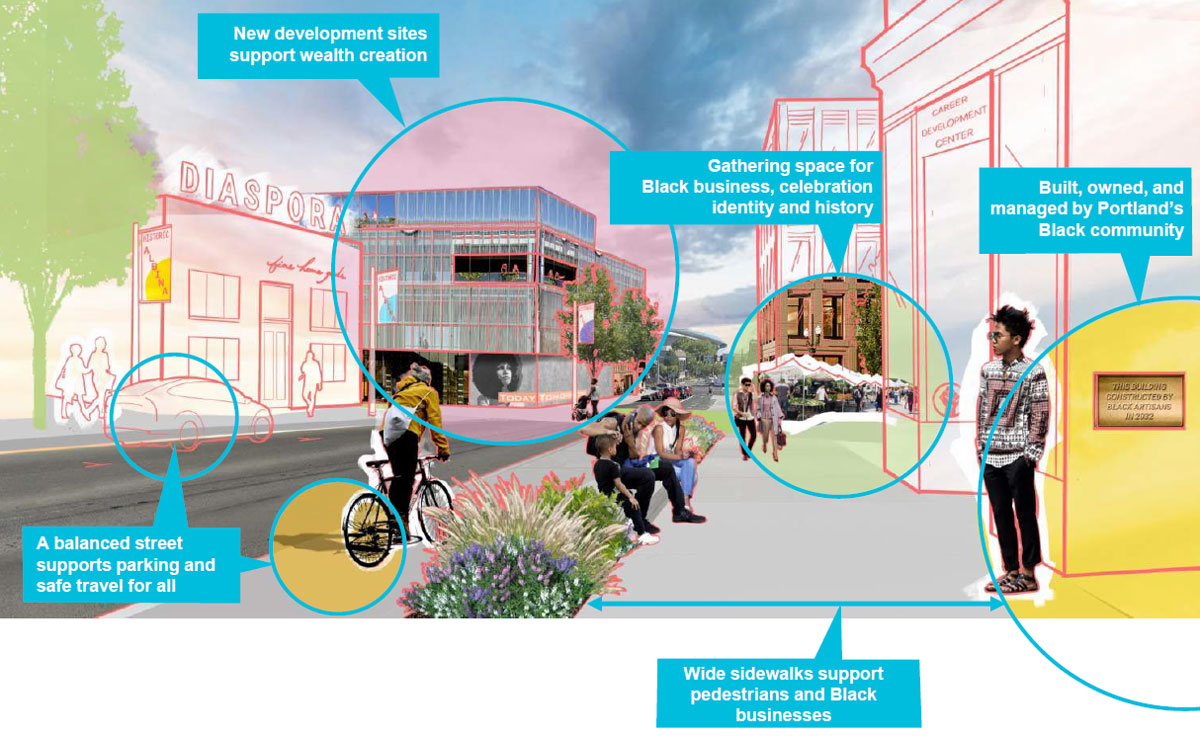



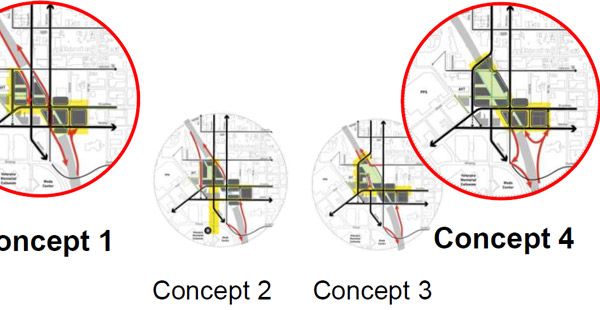



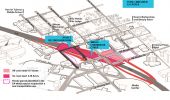
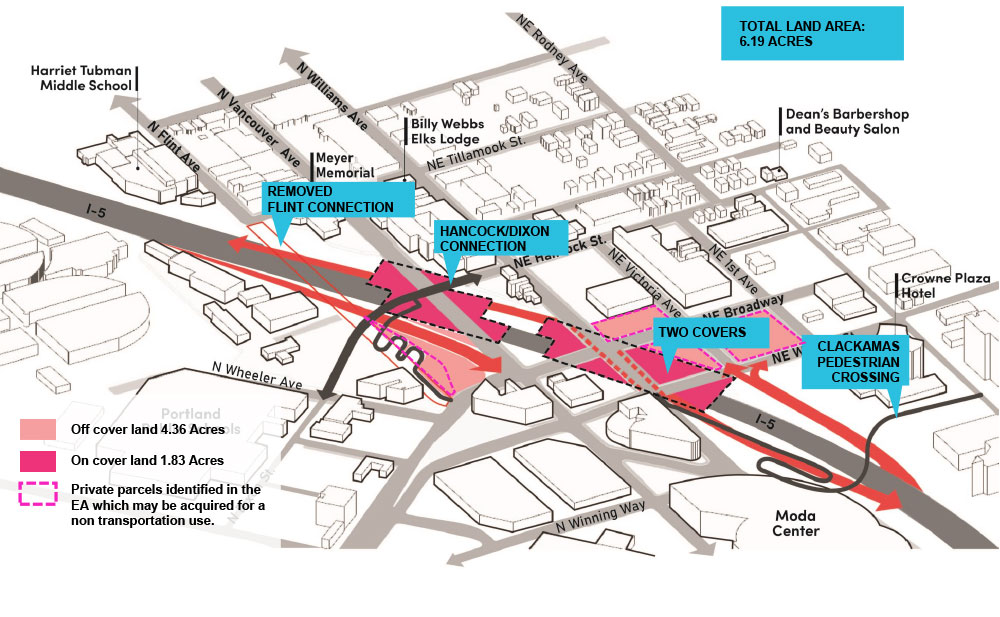
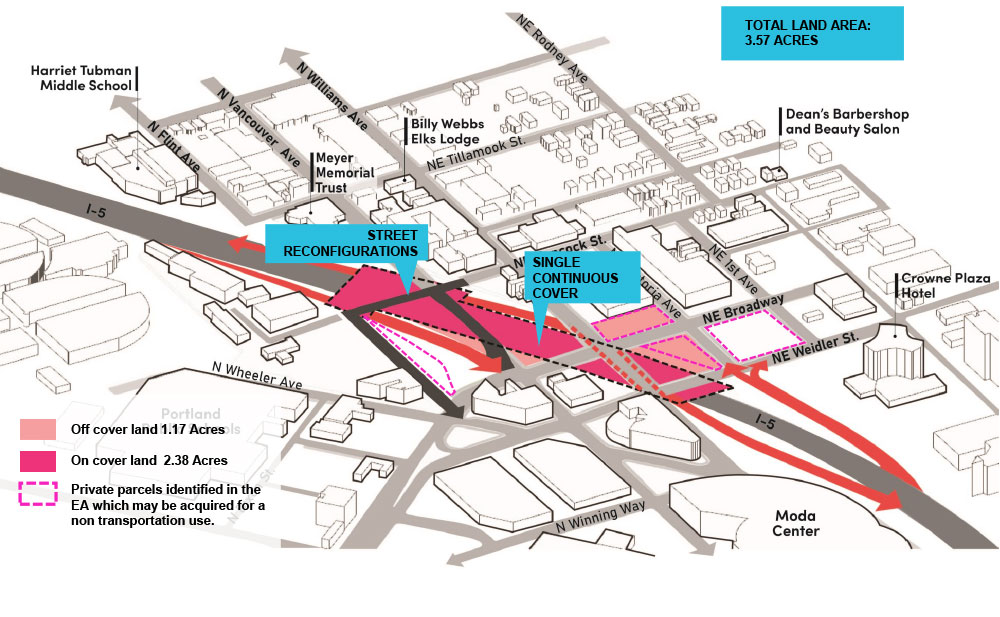




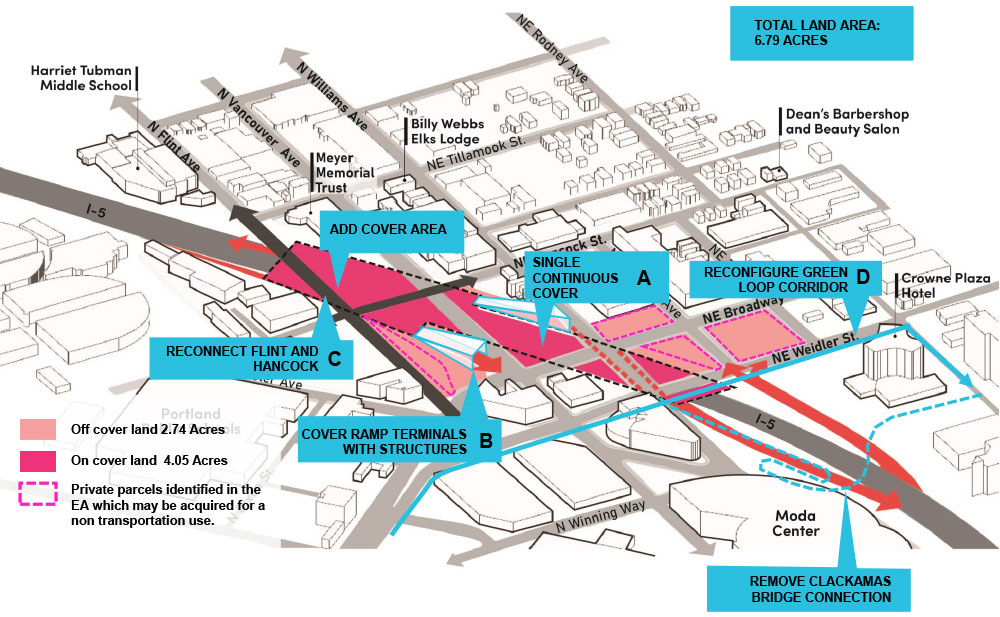
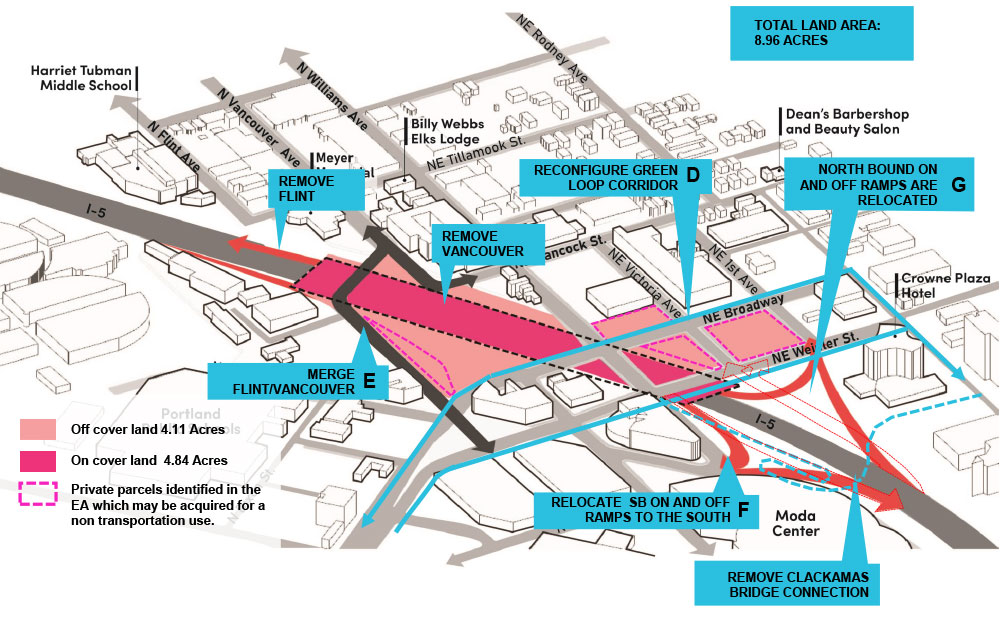
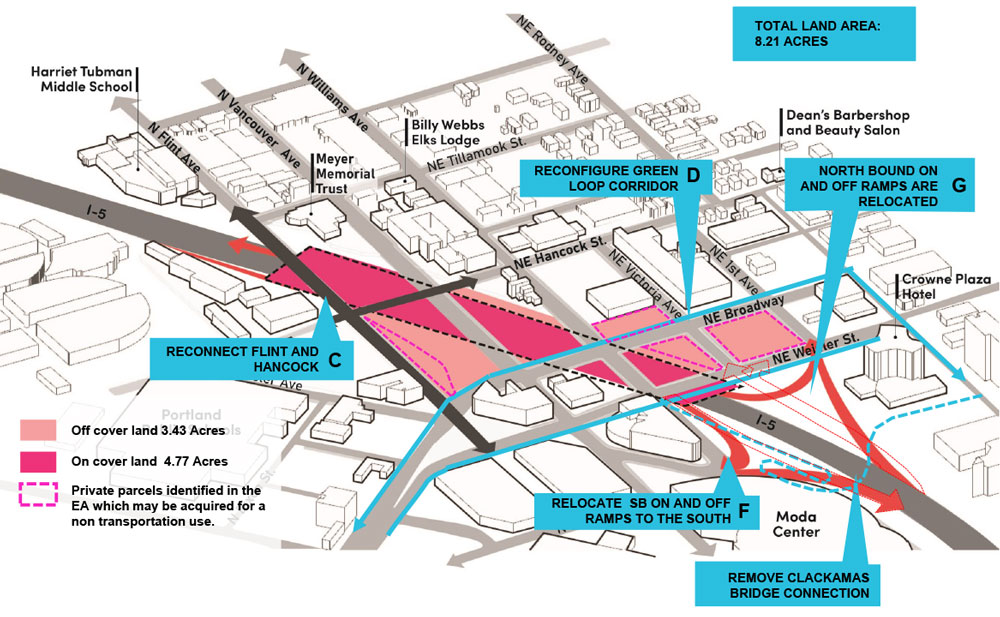



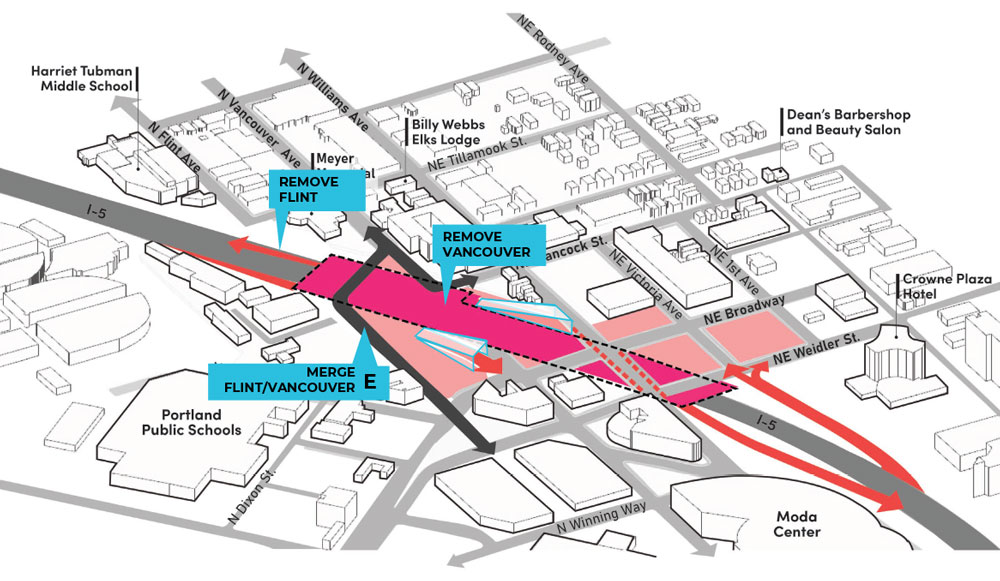
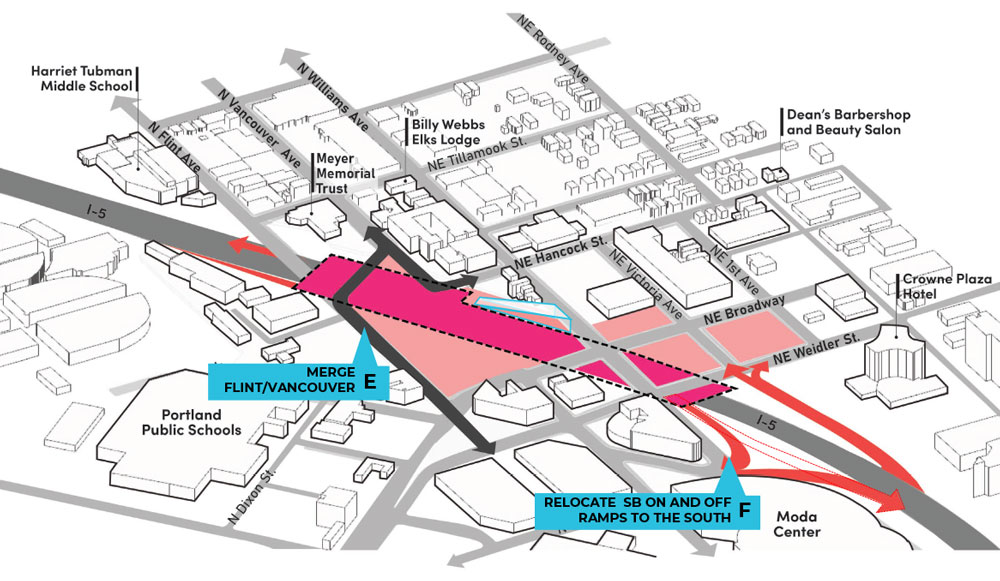
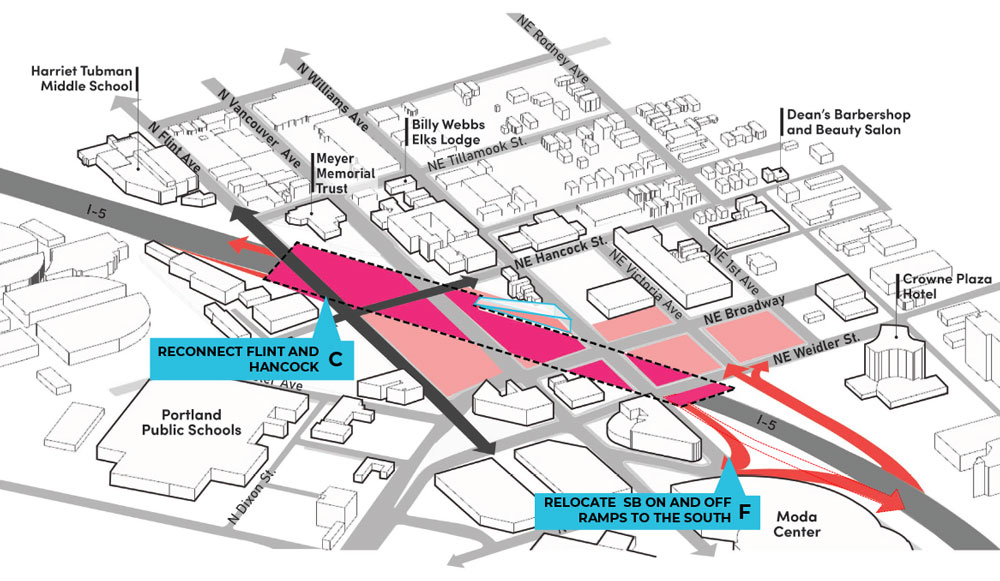
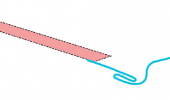
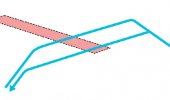





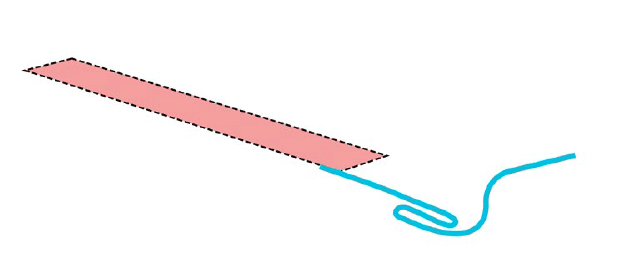
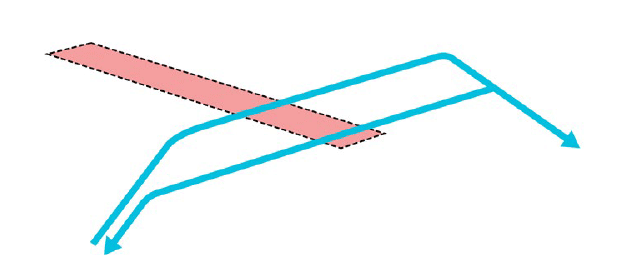


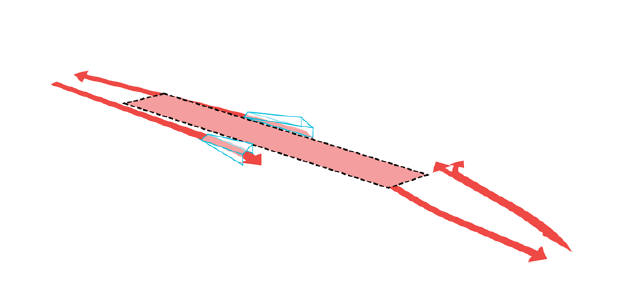
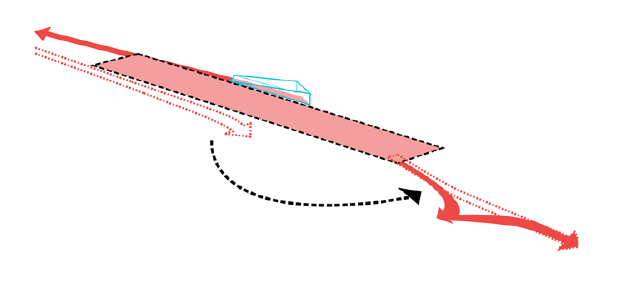
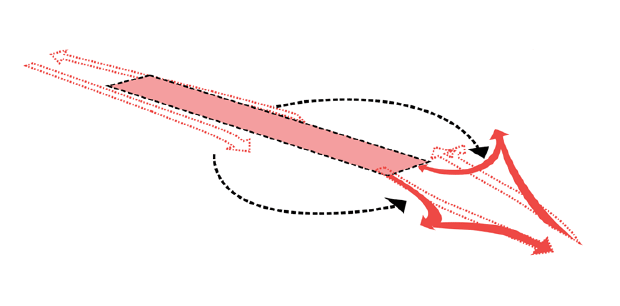




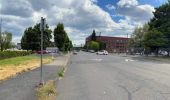
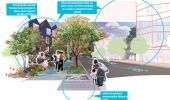
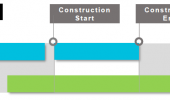
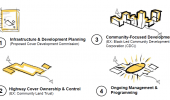
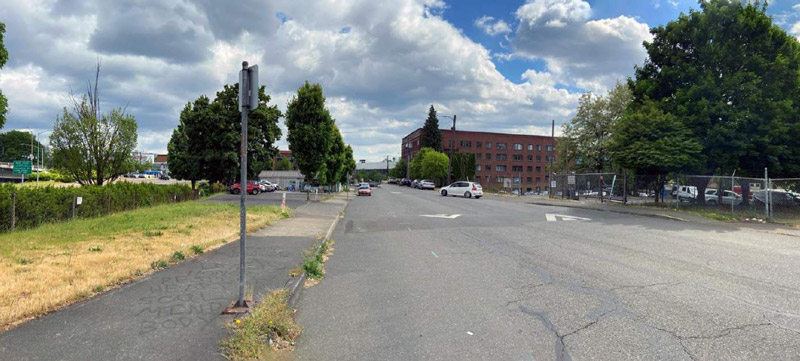
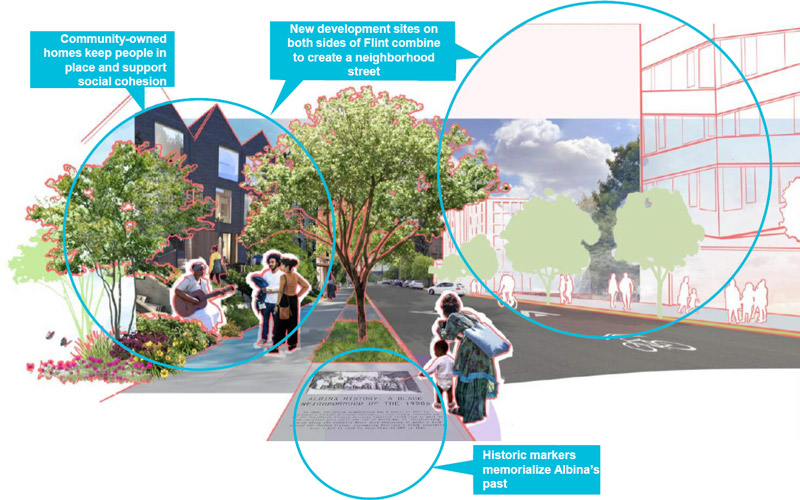

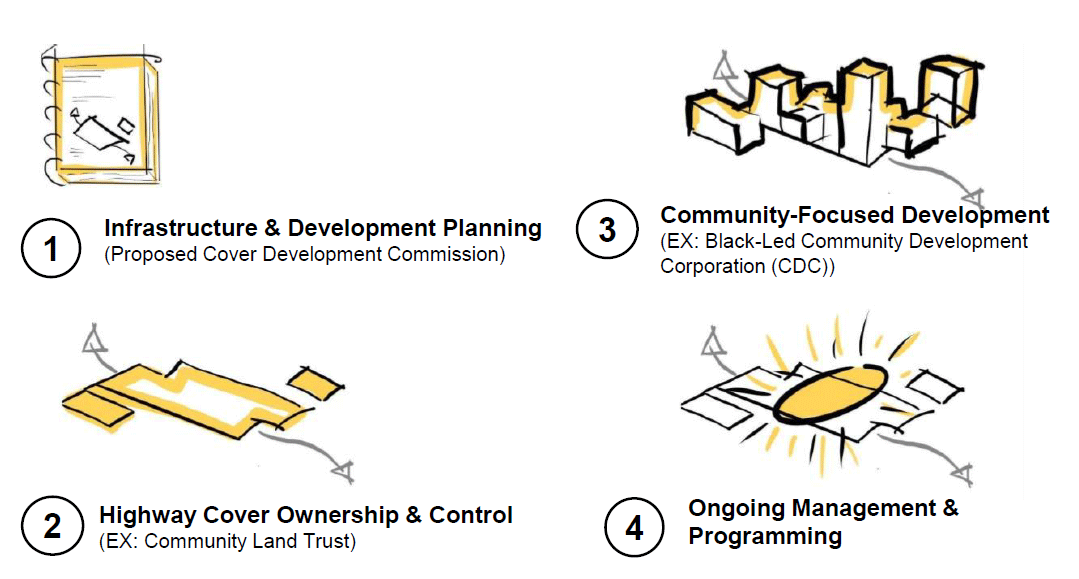




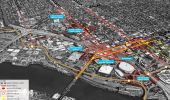
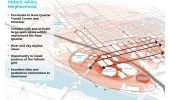
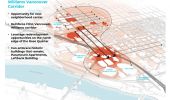
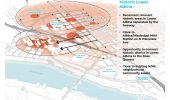
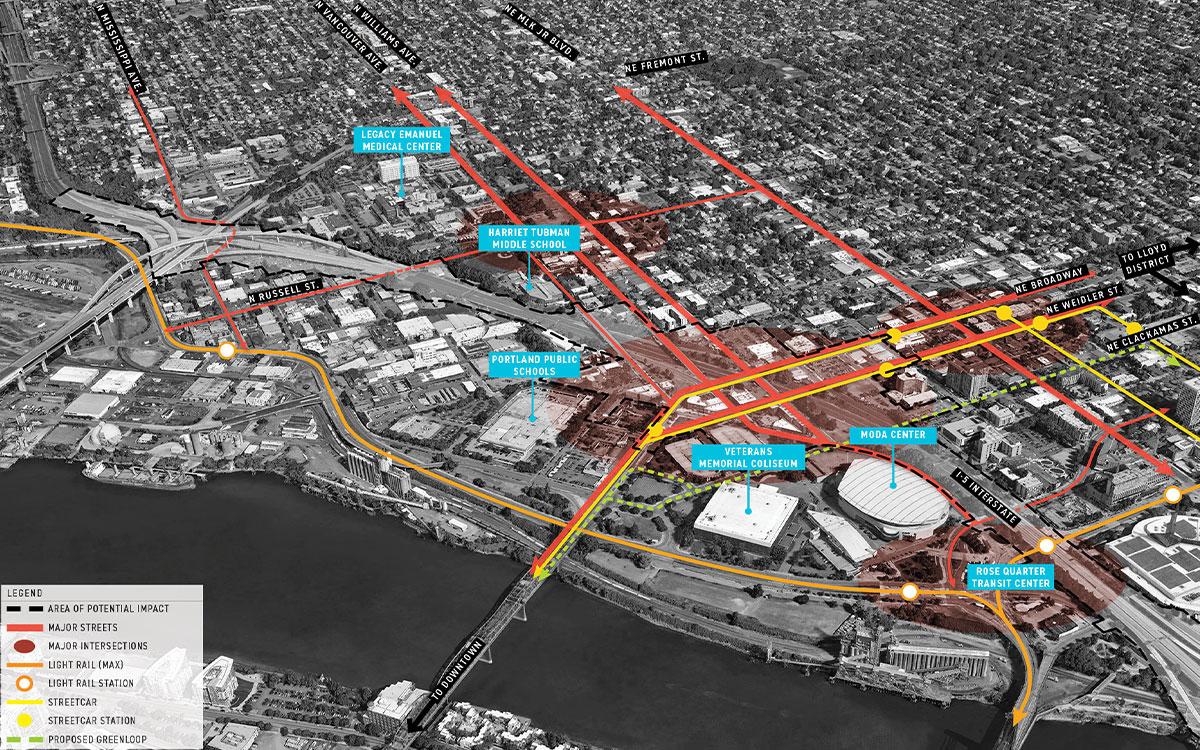
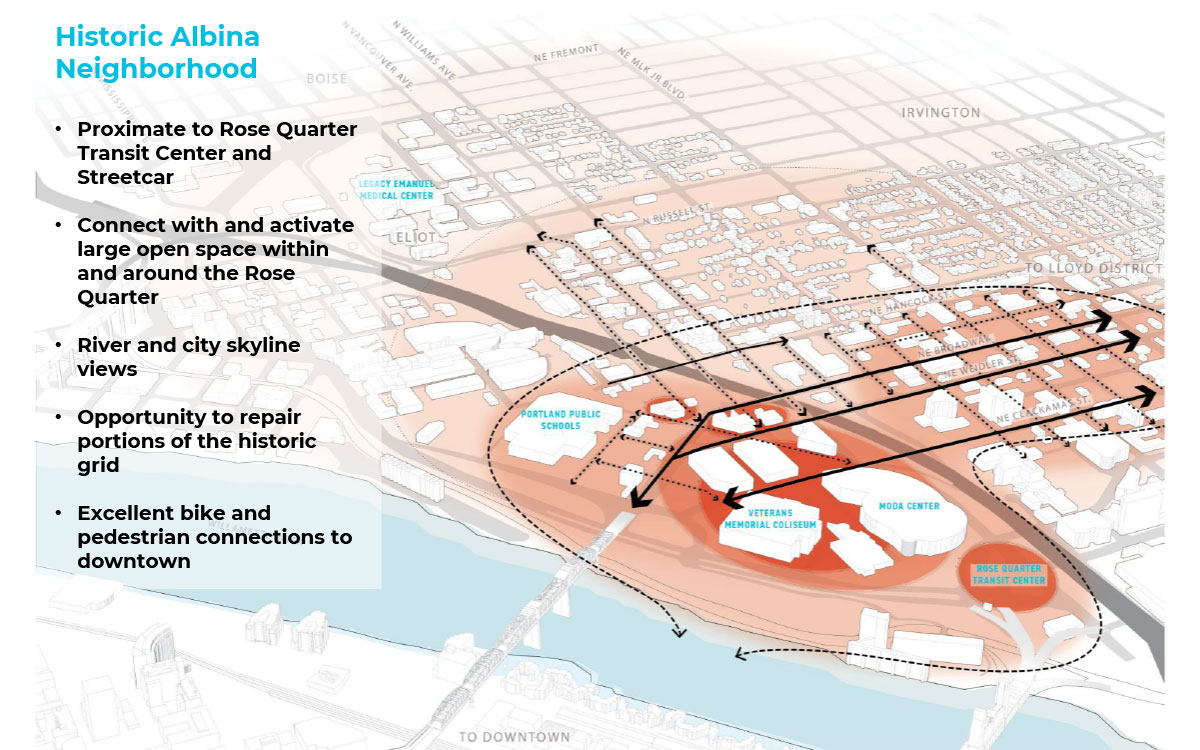

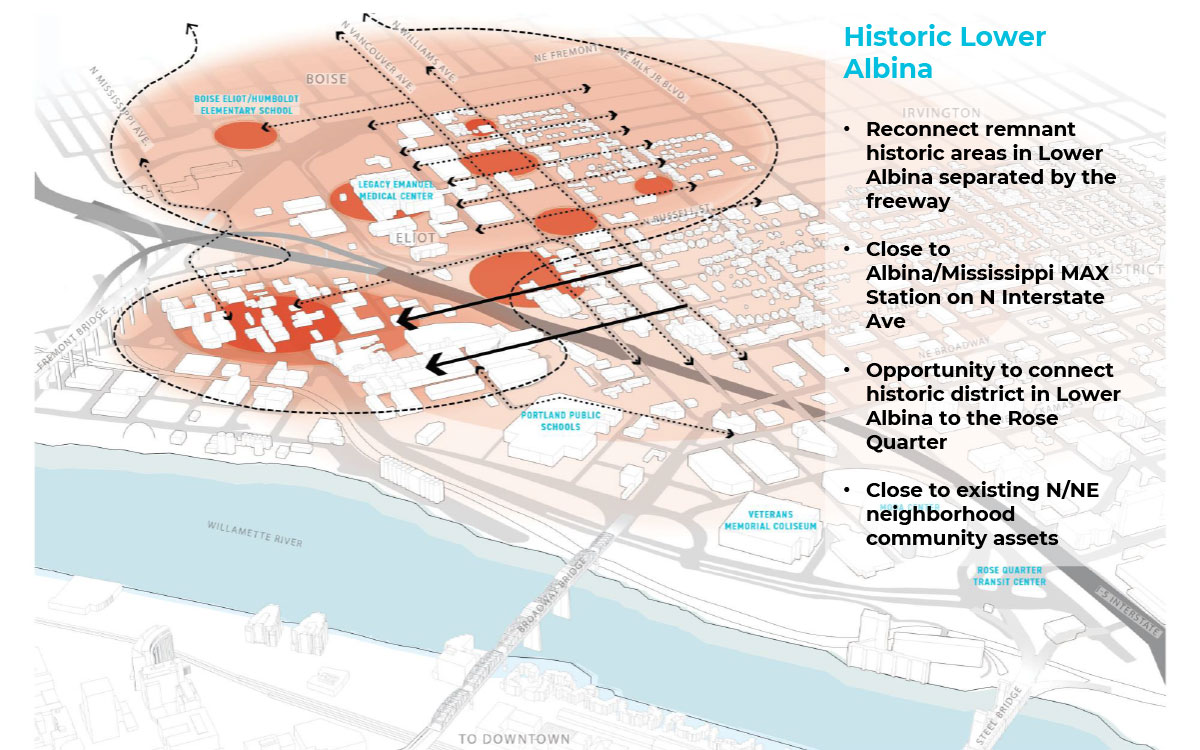

“If you don't own it you don't have wealth creation."
“It’s all about land."
“I want black culture to be the thread that runs through every fabric of this endeavor."
"We want a project where Black people don't have to choose between Health or Wealth or mobility or cohesion. We deserve it all, if it's all on the table."
“Restore what we had."
“(We want) legacy wealth … generation to generation."
“We want it all and it's just a small portion of what we deserve."